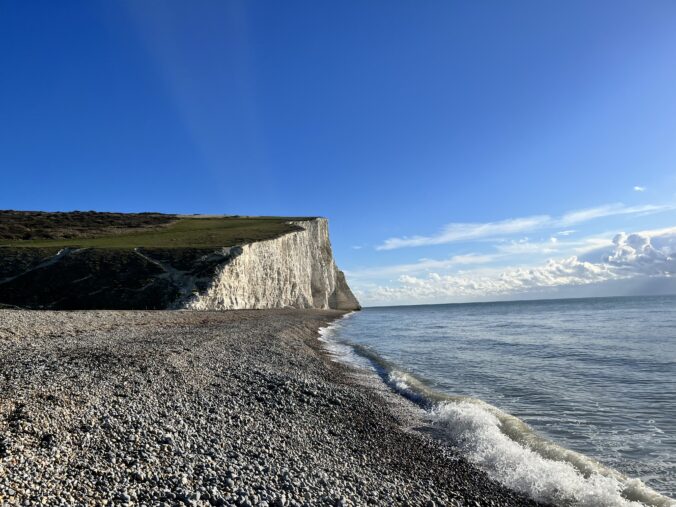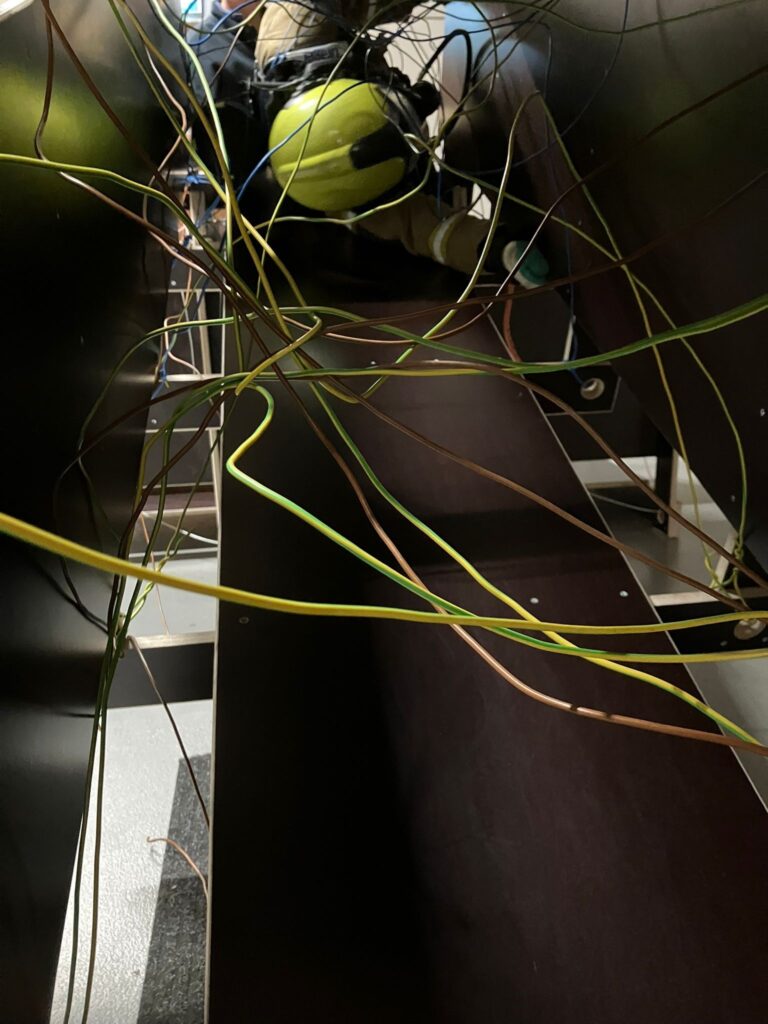In his song Ella se esconde (“She hides herself”) the Panamanian musician and politician Rubén Blades writes about a mysterious woman who has “tangled him in her mess, and has stolen his heart”.
Me has enredao en tu revulu
y me has robado el corazón!
A recurring line in his song about that woman — mystifying him yet carrying his ring around her finger — describes how she hides herself. She is his, yet hidden. She is close to his heart, yet unreachable.
Ella se esconde atras la esquina de su sonrisa.
She hides behind the corner of her smile. When you read this, an image may very well come to mind. Perhaps of a young woman, smiling yet turned away. Perhaps of just the corner of a smile, hiding everything else behind it.

In Film Theory: The Basics, film director Kevin McDonald quotes Jean Epstein‘s lyrical description of a smile as recorded in Richard Abel’s French Film Theory and Criticism,
Muscular preambles ripple beneath the skin. Shadows shift, tremble, hesitate. Something is being decided. A breeze of emotion underlines the mouth with clouds. The orography of the face vacillates. Seismic shocks begin. Capillary wrinkles try to split the fault. A wave carries them away. Crescendo. A muscle bridles. The lip is laced with tics like a theater curtain. Everything is movement, imbalance, crisis. Crack. The mouth gives way, like a ripe fruit splitting open. As if slit by a scalpel, a keyboard-like smile cuts laterally into the corner of the lips.
Richard Abel, French Film Theory and Criticism (1988)
McDonald reflects on Epstein’s work,
Epstein’s enamored tribute to the close-up of a mouth as it begins to smile redoubles film’s formal powers. His poetic language makes the object he describes strange and unusual, nearly indecipherable, but in doing so, he also foregrounds the bewitching microscopic details of human physiognomy, transforming an otherwise mundane and entirely unremarkable action into something uncanny and enchanting.
McDonald, Kevin, Film Theory: The Basics. (2022)
McDonald considers type of reflection on the close-up — something not generally used in painting, but experimented with in film — a part of photogénie, that synthesis of the technological and the aesthetic that was such a part of the early French film culture during the late 1800s and early 1900s. Bringing out a new perspective and focus through selective focus.

The smile, inviting — beckoning, perhaps — yet at times evading and obscuring. As Blades sings:
Yo me la quedo mirando.
No sé qué estará pensando,
con su cara de Mona Lisa.
I keep looking, although I do not know what she is thinking. With her Mona Lisa face.
Hiding behind the corner of her smile.
Give it a listen.







